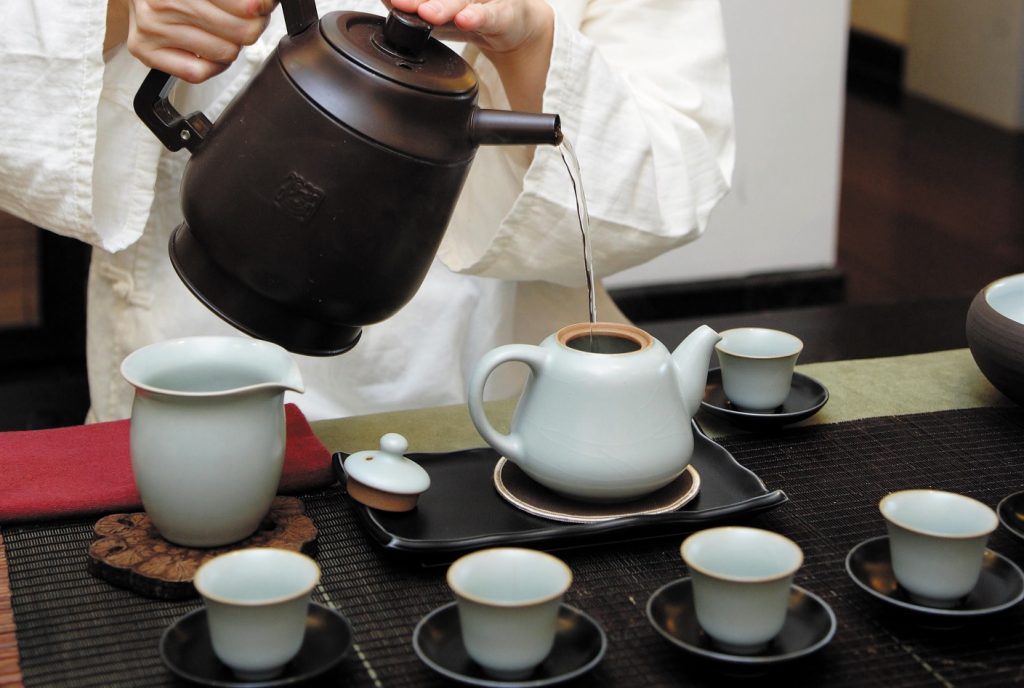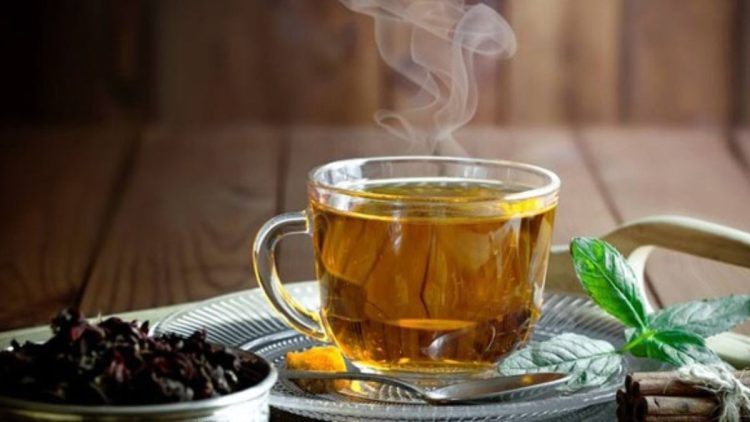The Rising Need for Emotional Detox
In an age where emotional overload is normalized and emotional processing often sidelined, the concept of emotional detoxification is more relevant than ever. Unlike physical detoxes focused on the liver or skin, emotional detox aims to gently clear internal clutter — unprocessed stress, suppressed emotions, lingering resentment, or accumulated digital fatigue. While therapy, journaling, or movement may offer deep emotional work, many are discovering that something as simple as a mindful morning tea ritual — paired with intentional breathwork — can offer powerful daily emotional cleansing.
What Is an Emotional Detox, Really?
Emotional detox is not about bypassing difficult emotions or forcing positivity. Rather, it’s about creating internal spaciousness to feel, acknowledge, and gently release what no longer serves. It involves calming the nervous system, rebalancing stress hormones, and cultivating presence. This process mimics what breathwork practitioners refer to as “emotional unblocking” and what herbalists describe as “subtle body tuning” through plant energetics. Through this lens, detoxification is less about removal and more about reconnection.
The Role of Morning Rituals in Emotional Reset
Why the morning? It’s a neurological reset point — a phase when cortisol levels are highest, the prefrontal cortex is most alert, and we are neurologically primed to set our tone for the day. Morning rituals act as neurochemical cues. When we pair botanicals with breath, we amplify this reset. A consistent practice tells the brain: “You are safe. You are steady. You are clear.” This gentle tone then echoes across emotional responses throughout the day.
The Power of Botanical Teas: More Than a Beverage
Herbs carry phytochemicals that can influence neurotransmitters, regulate stress hormones, and support organ systems involved in emotional processing (like the liver, gut, and nervous system). Here are a few standout botanicals:
- Tulsi (Holy Basil): Known as an adaptogen, Tulsi modulates cortisol and supports clarity and calm, especially when used regularly. It is revered in Ayurvedic medicine as a “spiritual herb” that calms the heart and clears the aura.
- Lemon Balm: A nervine that calms the central nervous system, reduces anxiety, and enhances gentle focus. Its mild citrus scent is also emotionally uplifting.
- Chamomile: Often dismissed as a bedtime tea, chamomile contains apigenin, a compound that binds to benzodiazepine receptors in the brain to reduce anxiety and muscular tension.
- Rose Petal: Used in Unani and Traditional Chinese Medicine for opening the heart center, rose supports grief processing and cultivates emotional softness.
- Schisandra Berries: Used in Traditional Chinese Medicine as a “five-flavor fruit,” it helps balance all five organ systems and supports stress resilience and emotional adaptability.
Tea Preparation as a Mindfulness Ritual
Brewing tea can become a sacred ritual of presence and emotional grounding. The act of selecting herbs, boiling water, steeping with intention, and savoring each sip engages the parasympathetic nervous system. Sensory elements (aroma, warmth, taste) soothe vagus nerve tone. Even the gesture of wrapping hands around a mug offers somatic containment — a signal to the body that it is held and safe.
Integrating Breathwork: The Missing Ingredient
Breath is the invisible bridge between body and mind. When paired with tea, breathwork can significantly amplify emotional detox. Here are three simple breath practices that synergize beautifully with a tea ritual:
- Box Breathing (4-4-4-4): Inhale for 4, hold for 4, exhale for 4, hold for 4. This pattern regulates cortisol and activates the parasympathetic nervous system. Ideal during steeping time.
- Sigh Breaths: Inhale deeply through the nose and exhale audibly through the mouth with a long sigh. This helps release emotional stagnation in the diaphragm and chest. Use between sips.
- Alternate Nostril Breathing (Nadi Shodhana): A balancing pranayama practice to harmonize emotional polarity. Excellent for centering after tea, before the day begins.

The Emotional Science of Ritual Pairing
When we repeat a conscious pairing — such as tea and breathwork — over time, the nervous system begins to associate the experience with safety and calm. This anchors emotional regulation into the body. It becomes an embodied practice, no longer requiring effortful intention. Like Pavlovian conditioning, your body learns to downshift emotionally at the scent of Tulsi or the feel of a steaming mug.
Case Study: From Fractured Mornings to Centered Mornings
Samantha, a UX designer in New York, began her mornings with coffee, doomscrolling, and inbox checking. Her cortisol spike would lead to daily overwhelm by 10 a.m. After switching to a ritual of Tulsi-Rose tea and 5 minutes of sigh breathing, she reported lower irritability, fewer emotional outbursts, and more emotional resilience during client calls. What shifted wasn’t her schedule — but her internal tone.
Emotional Resilience as a Practice, Not a Trait
Contrary to popular belief, emotional clarity is not an innate quality — it’s a cultivated rhythm. Micro-practices like these offer accessible doorways into that rhythm. While they may not replace therapy or trauma resolution work, they offer a consistent foundation for staying emotionally regulated, present, and attuned.
When and How to Customize Your Tea Ritual
Not all emotional states are the same. Herbal and breath choices can be customized:
- For grief or heartbreak: Rose, hawthorn, and cacao; deep heart-centered breath with long exhales.
- For overwhelm or burnout: Lemon balm, oat straw, and skullcap; grounding breath through the nose with long holds.
- For anxiety and restlessness: Chamomile, passionflower, lavender; box breathing or alternate nostril.
- For sadness or stagnation: Ginger, orange peel, turmeric; energizing breathwork like Breath of Fire (if appropriate).
Contraindications and Precautions
While botanical teas are generally safe, certain herbs may interact with medications (e.g., SSRIs, blood thinners). Chamomile may exacerbate ragweed allergies. Always consult a qualified herbalist or medical professional if unsure. Likewise, some breath practices (like breath retention) are not advisable during pregnancy or for those with cardiovascular issues.
Conclusion: Simplicity as Sophisticated Self-Care
Emotional detox does not require an expensive retreat or intense intervention. When we return to daily sacredness — a cup of tea, a slow breath, a moment of stillness — we lay the groundwork for clarity and resilience. It’s a modern ritual rooted in ancient knowing. In a world of noise and reactivity, perhaps the most radical thing we can do is slow down, sip mindfully, and breathe our way back to emotional center.











































